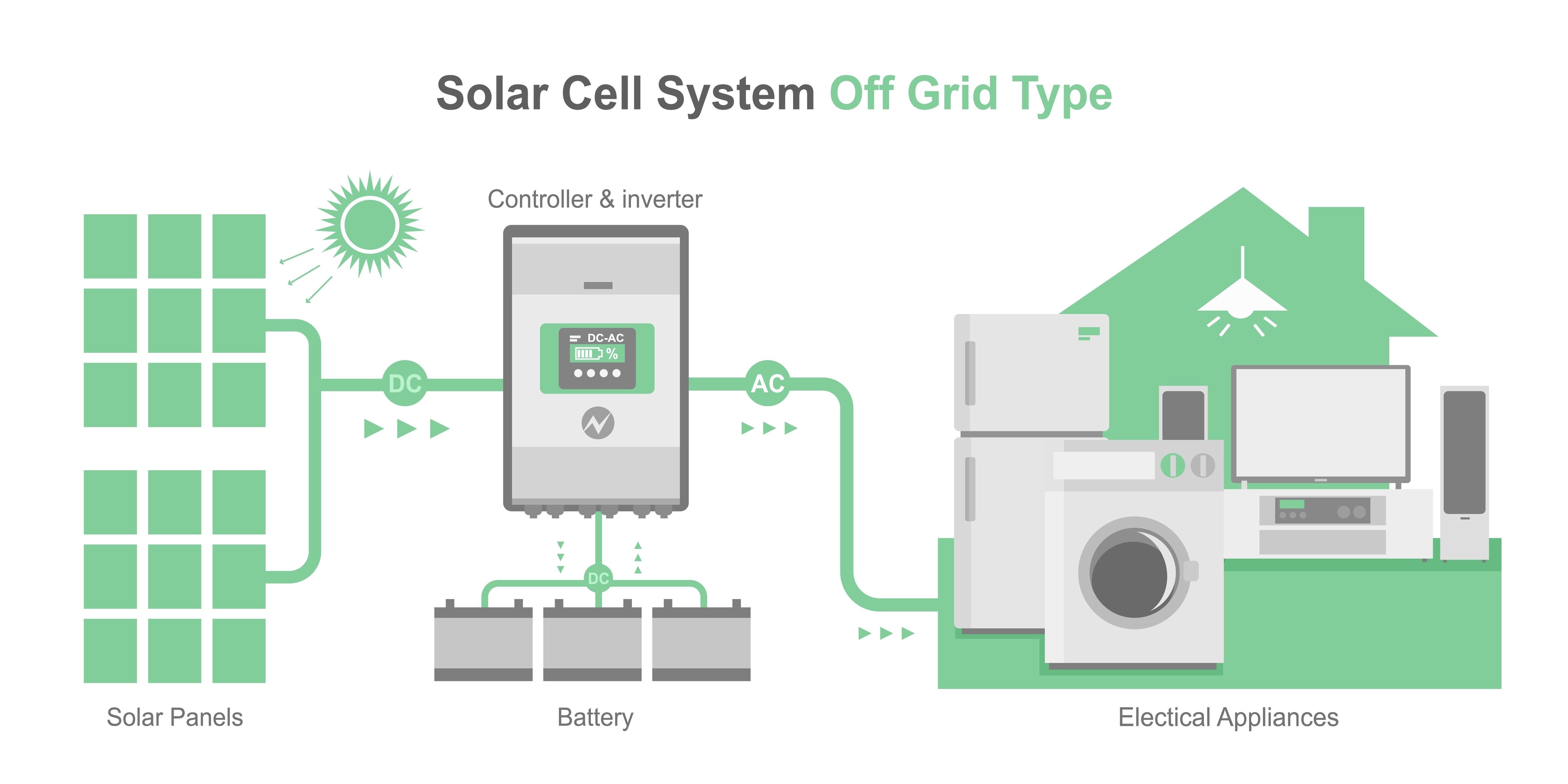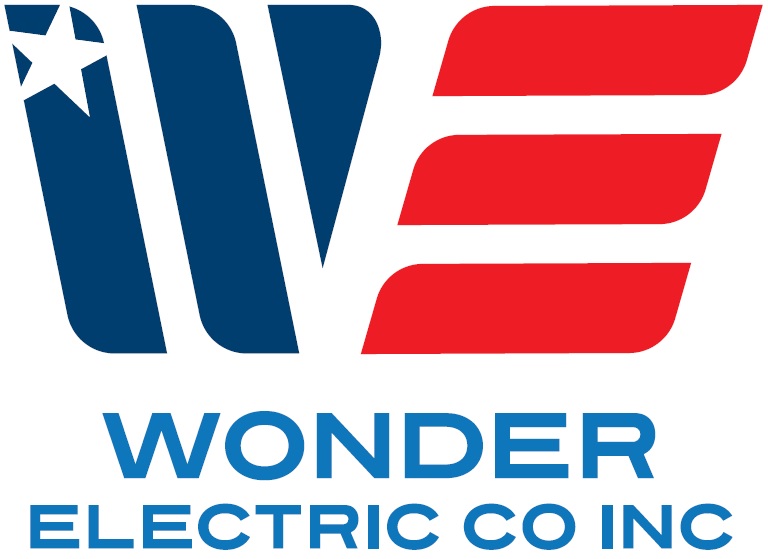 In recent years, there has been a growing interest in sustainable and renewable energy sources. One such source that has gained popularity is solar power. Solar energy not only reduces our dependence on fossil fuels but also helps in reducing our carbon footprint. Installing an off-grid solar power system for your home can be a great way to take advantage of this clean energy source. In this blog post, we will guide you through the process of creating an off-grid solar power system for your home.
In recent years, there has been a growing interest in sustainable and renewable energy sources. One such source that has gained popularity is solar power. Solar energy not only reduces our dependence on fossil fuels but also helps in reducing our carbon footprint. Installing an off-grid solar power system for your home can be a great way to take advantage of this clean energy source. In this blog post, we will guide you through the process of creating an off-grid solar power system for your home.
Understanding the Components of an Off-Grid Solar Power System
Before diving into the installation process, it is important to understand the key components that make up an off-grid solar power system:
1. Solar panels: These panels are responsible for converting sunlight into electricity using photovoltaic cells. They are typically made up of multiple solar cells and come in a variety of sizes and power outputs.
2. Charge controller: The charge controller regulates the flow of electricity from the solar panels to the battery bank. It ensures that the batteries are not overcharged or discharged, thus protecting them from damage.
3. Battery bank: The battery bank stores the electricity generated by the solar panels for use during non-sunlight hours. You will need multiple deep-cycle batteries to create a sufficient battery bank.
4. Inverter: The inverter converts the direct current (DC) electricity stored in the batteries into alternating current (AC) electricity, which can be used to power your home appliances.
5. Backup generator: It is always a good idea to have a backup generator in case of extended cloudy days or high energy demands. The generator can be used to recharge the batteries when needed.

Designing Your Off-Grid Solar Power System
1. Assess your energy needs: Start by calculating your current and future energy needs. Analyze your electricity bills to determine your average annual consumption. This information will help you determine the size of the solar panel array and battery bank required for your system.
2. Choose the right solar panels: Consider the efficiency, durability, and cost of the solar panels. Monocrystalline panels are known for their high efficiency, while polycrystalline panels are a more affordable option. Determine the number of panels needed based on your energy needs and the available roof space for installation.
3. Select the appropriate charge controller and battery bank: Ensure that the charge controller is compatible with both your solar panels and battery bank. For the battery bank, opt for deep-cycle batteries that are designed to handle long and consistent discharges. Determine the capacity of the battery bank based on your energy needs and desired backup capacity.
4. Invest in a reliable inverter: Choose an inverter that can handle the maximum load of your home appliances. Consider the inverter’s efficiency and if it offers additional features like surge protection and built-in monitoring.
Installing Your Off-Grid Solar Power System
1. Mount the solar panels: Install the solar panels on a sturdy and unobstructed part of your roof that receives maximum sunlight. Follow the manufacturer’s instructions for proper mounting and angle adjustment.
2. Connect the solar panels to the charge controller: Run the appropriate wires from the solar panels to the charge controller. Connect the positive and negative terminals accordingly and ensure a secure connection.
3. Connect the charge controller to the battery bank: Connect the charge controller to the positive and negative terminals of the battery bank using the appropriate cables. Double-check the connections to avoid any short circuits.
4. Connect the battery bank to the inverter: Install the appropriate cables between the battery bank and the inverter. Connect the positive and negative terminals correctly to ensure a safe and reliable connection.
5. Test and commission the system: Switch on the inverter and check for any warning lights or error codes. Verify that the battery bank is charging properly and that the inverter is providing electricity to your home appliances.
Building an off-grid solar power system for your home requires careful planning and installation. By understanding the key components of the system and following the prescribed steps, you can create a sustainable and reliable energy source that will reduce both your energy bills and environmental impact. Remember to hire a professional if you are unsure about any aspect of the installation process. Embrace the power of solar energy and take a step towards a greener future!
And if you want help installing an off-grid solar power system, then schedule a consultation with the experts at Wonder Electric Co, Inc.!
